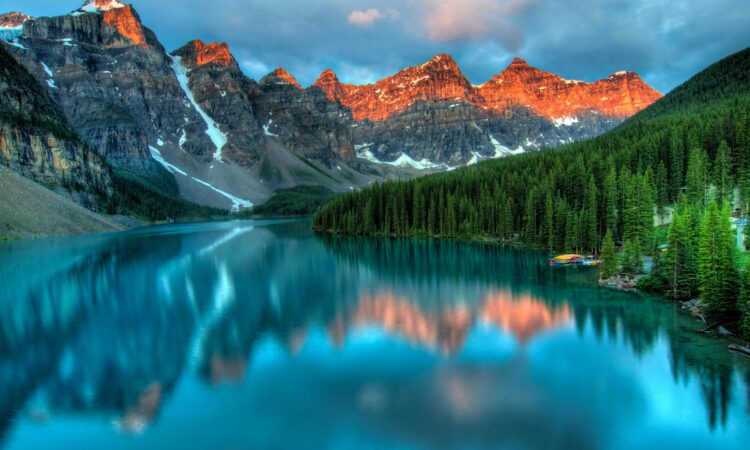Title: Thermal responses of dissolved organic matter under global change
Authors: Ang Hu, Kyoung-Soon Jang, Andrew J. Tanentzap, Wenqian Zhao, Jay T. Lennon, Jinfu Liu, Mingjia Li, James Stegen, Mira Choi, Yahai Lu, Xiaojuan Feng, Jianjun Wang
Journal: Nature Communications
Year: 2024
Dissolved organic matter (DOM) is the name given to the complex mixture of organic compounds present in aquatic ecosystems all around the globe. DOM acts as a large reservoir of carbon, meaning its production and decomposition can have important consequences for atmospheric carbon dioxide concentrations and global climate. Furthermore, the processing of different organic compounds in DOM by aquatic organisms can be impacted by changes in temperature, which represents a potential climate feedback loop as the rate of carbon dioxide release into the atmosphere may be slowed or accelerated under higher temperatures. For example, if the degradation of DOM were increased at higher temperatures, then this could increase CO2 release to the atmosphere and lead to further warming. Researchers have previously simplified this complex issue in computational models by classifying different types of DOM into a few categories based on its response (or lack of response) to changing environmental conditions. However, recent work published by Hu et al. aims to improve on this representation by establishing a metric that can be used to quantify the response of individual DOM constituents to changing environmental conditions. This could allow for a more realistic and nuanced representation of DOM environmental responses, as opposed to a simple classification.
In order to assess how temperature affects the composition of DOM, the researchers placed several samples of identical natural lake sediment at different elevations on three separate mountainsides. Not only did the differing elevations result in different temperature conditions, but each mountainside was in a distinct environment. One mountain was in a subtropical wet environment, another in a temperate arid environment, and the final one was in a subarctic environment. The researchers left each of the samples to incubate for a month and analysed the DOM composition using Fourier transform ion cyclotron resonance mass spectrometry (FT-ICR MS). The temperature response of each organic compound was calculated by determining the concentration of that compound under each different temperature condition. Then a weighted average was taken for each DOM sample to give a single figure indicating the sensitivity to temperature change. This metric was termed compositional-level environmental response (iCER). These field experiments were also validated using a complimentary procedure under laboratory conditions.

The researchers found that individual DOM constituents showed a wide range of temperature responses. Specifically, they noted that aromatic or unsaturated-oxygenated species were more likely to be depleted under warm conditions, whereas the warm-accumulating compounds were more likely to be aliphatic, peptides, or unsaturated compounds with low oxygen content. The responses of individual compounds were found to be consistent between each of the three mountainside environments. However, despite the individual component responses being consistent between regions, the researchers found important differences in the total calculated iCER. These differences in iCER reflect the changing distribution of components within the DOM under different environmental conditions and highlight the different responses of DOM under a changing climate, with some environments being more sensitive than others. Finally, the authors highlight the potential for their iCER metric to be built upon to provide information on DOM based on different lake sediments, to include different environmental parameters such as acidity, and for the methodology to be applied over longer incubation periods. By furthering the work presented in this article, the role of DOM in climate feedbacks and the earth system can be properly understood, which will lead to much improved climate predictions and allow us to better prepare for an uncertain future.
Featured image by James Wheeler on Pexels.

